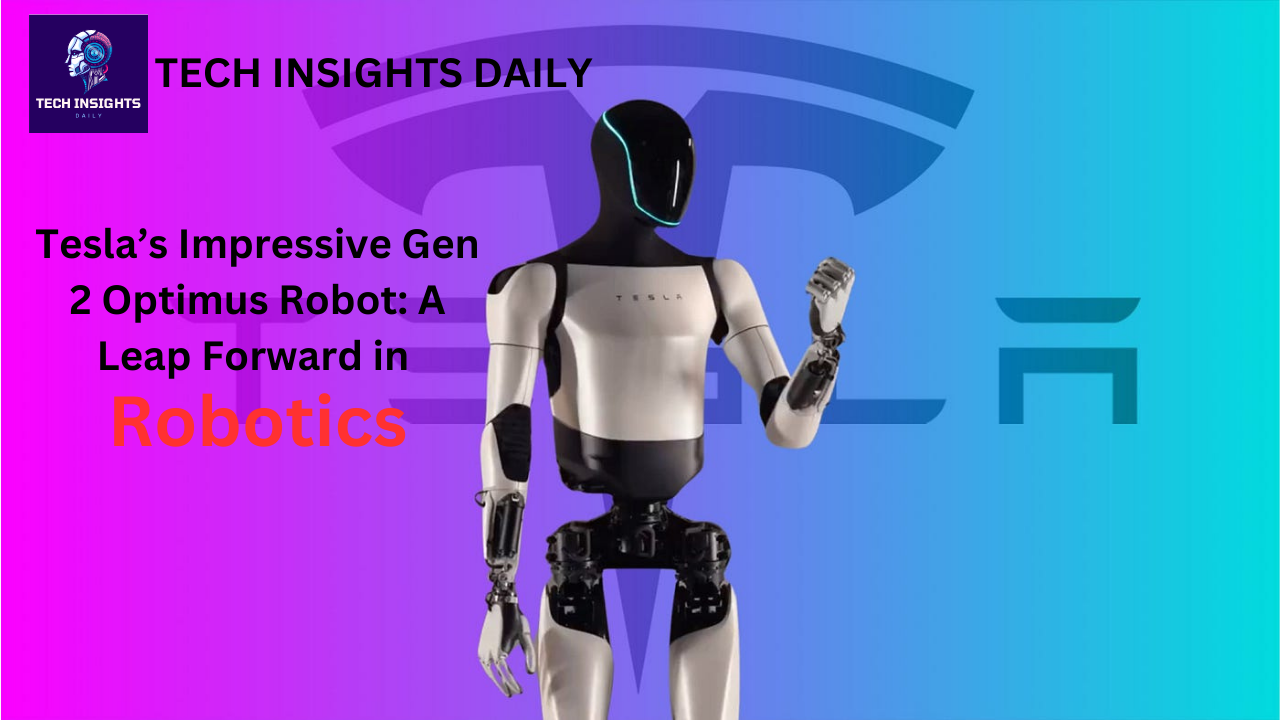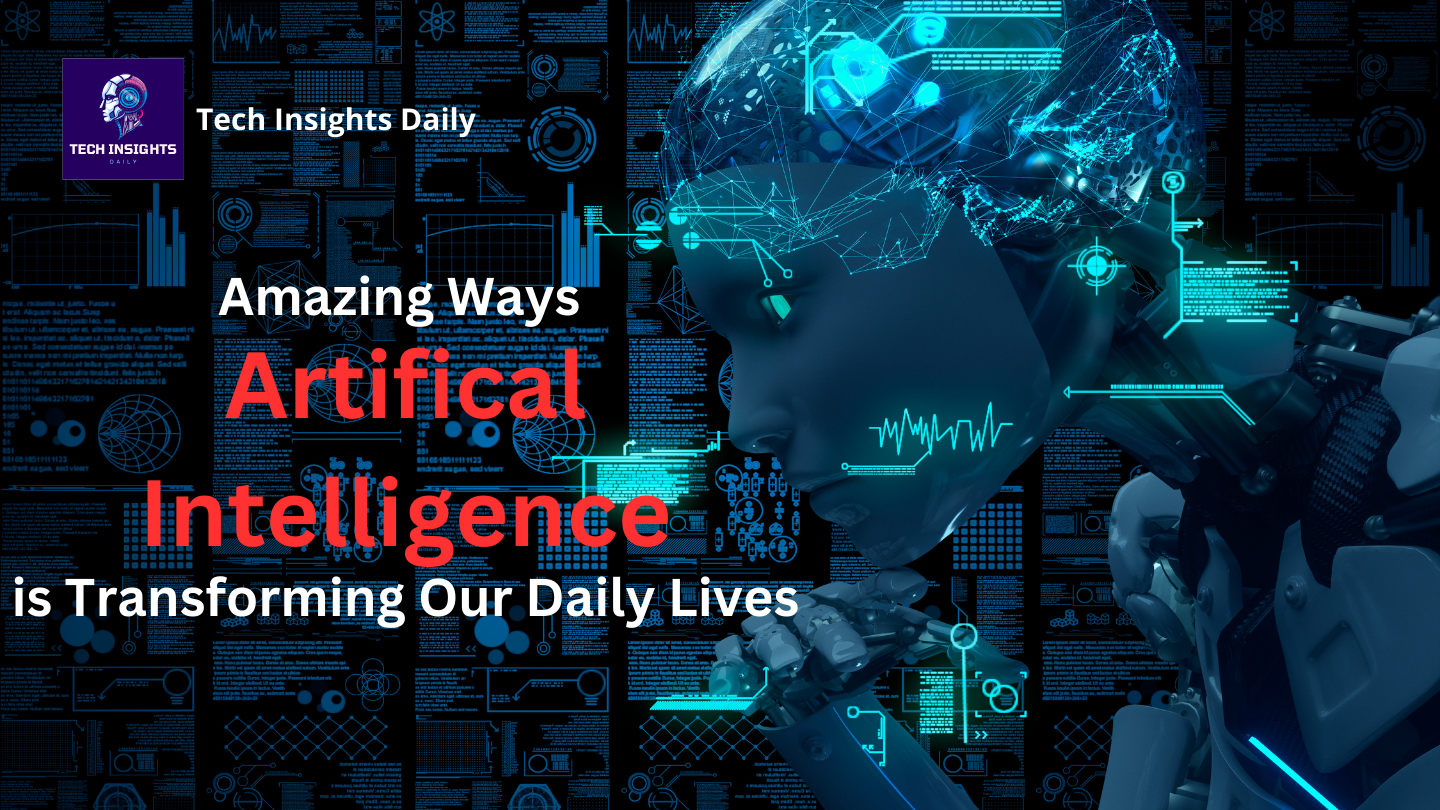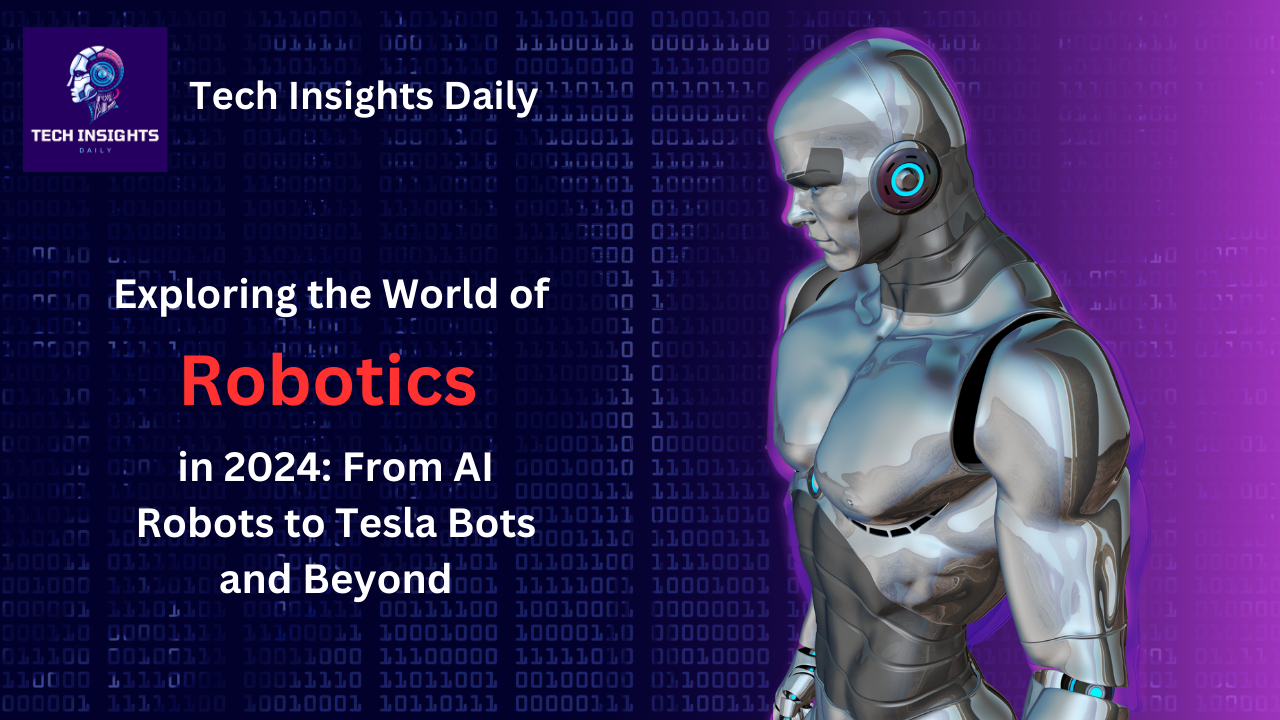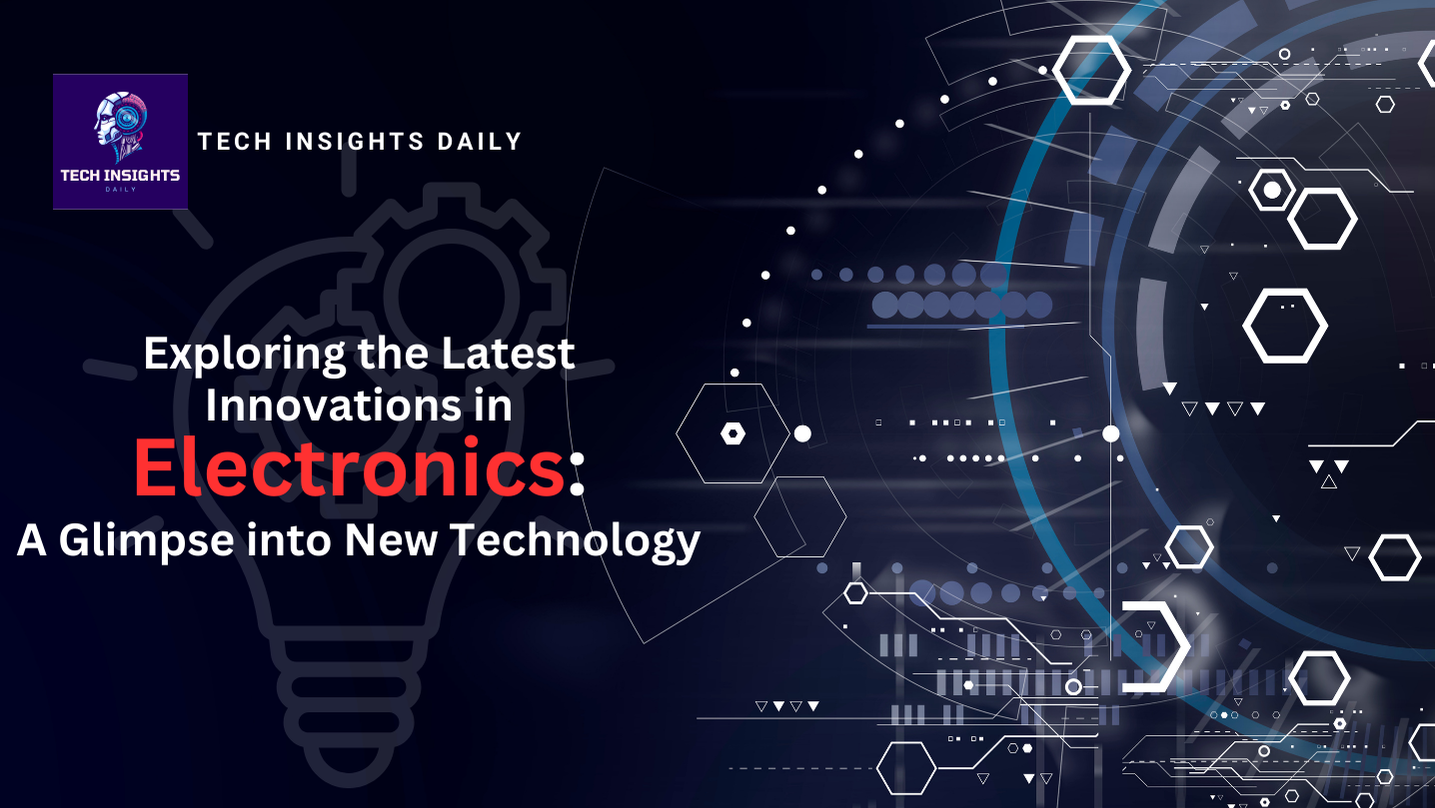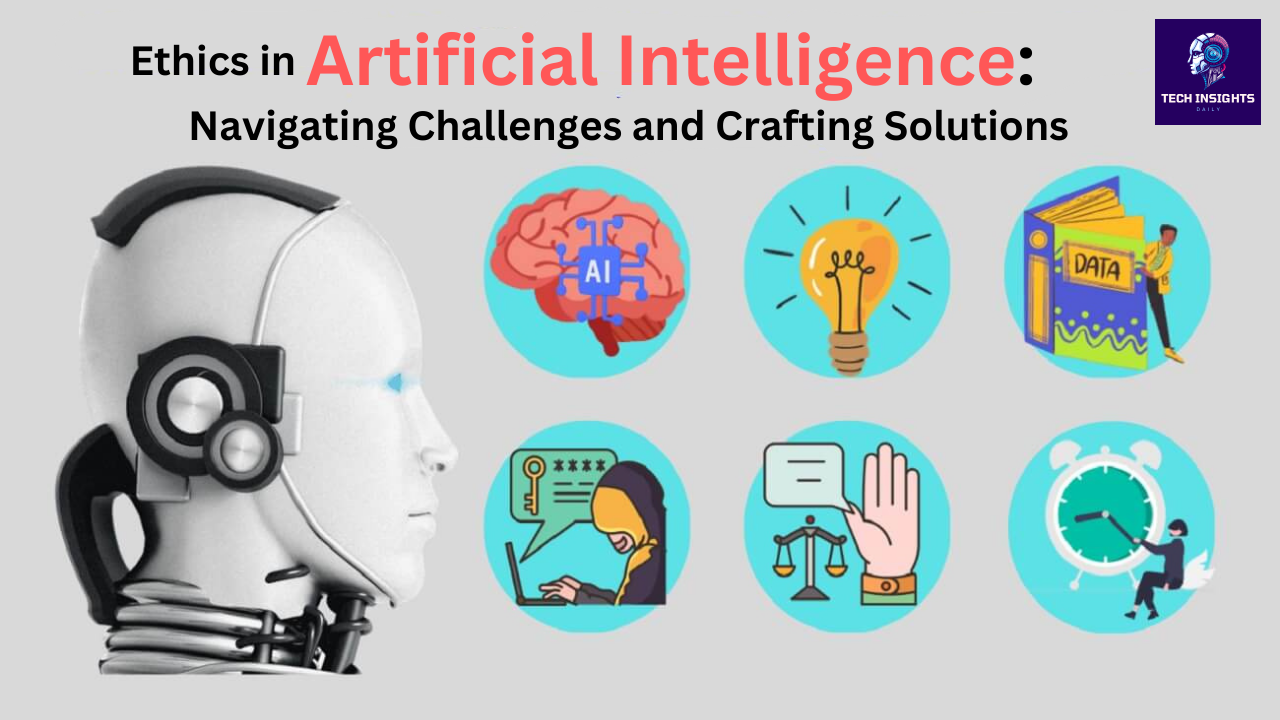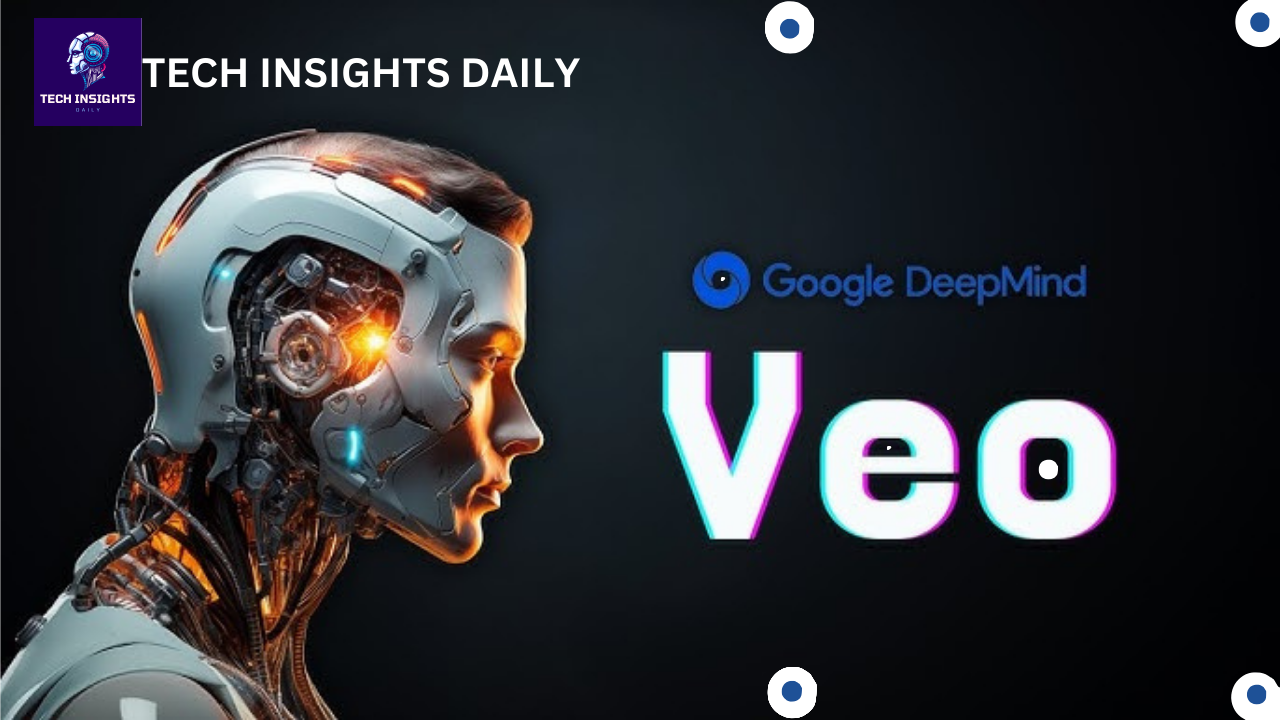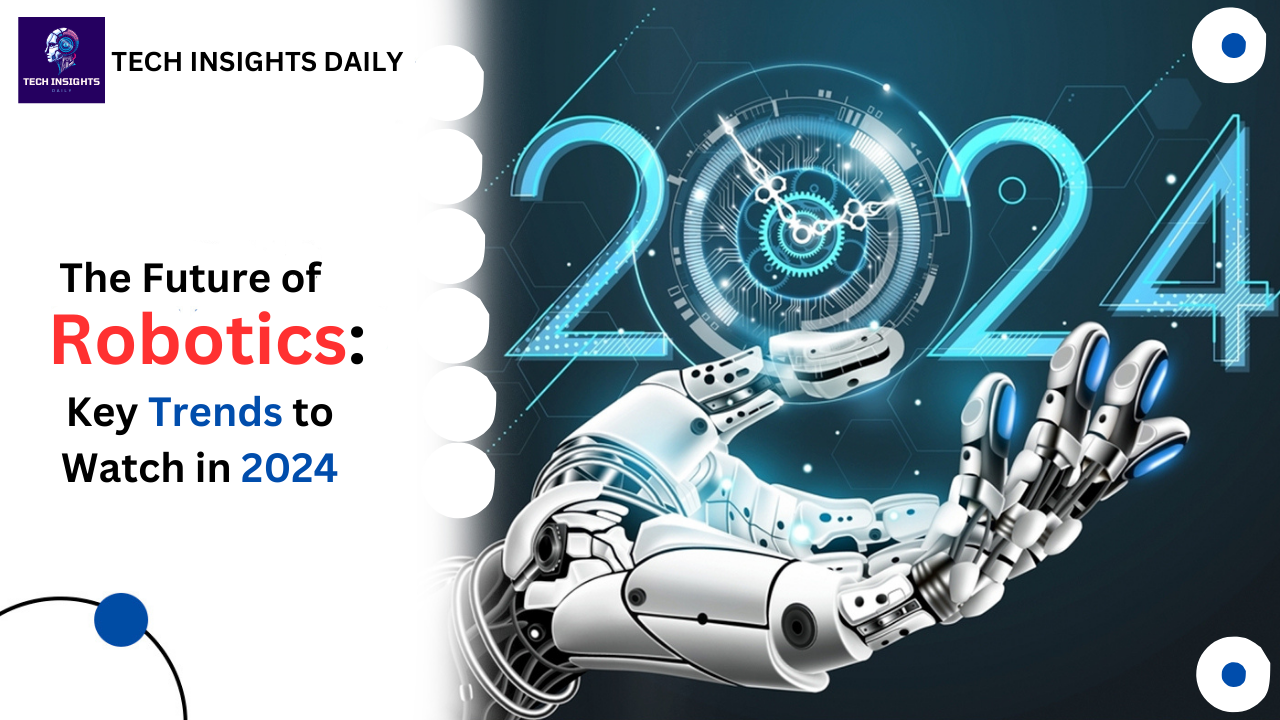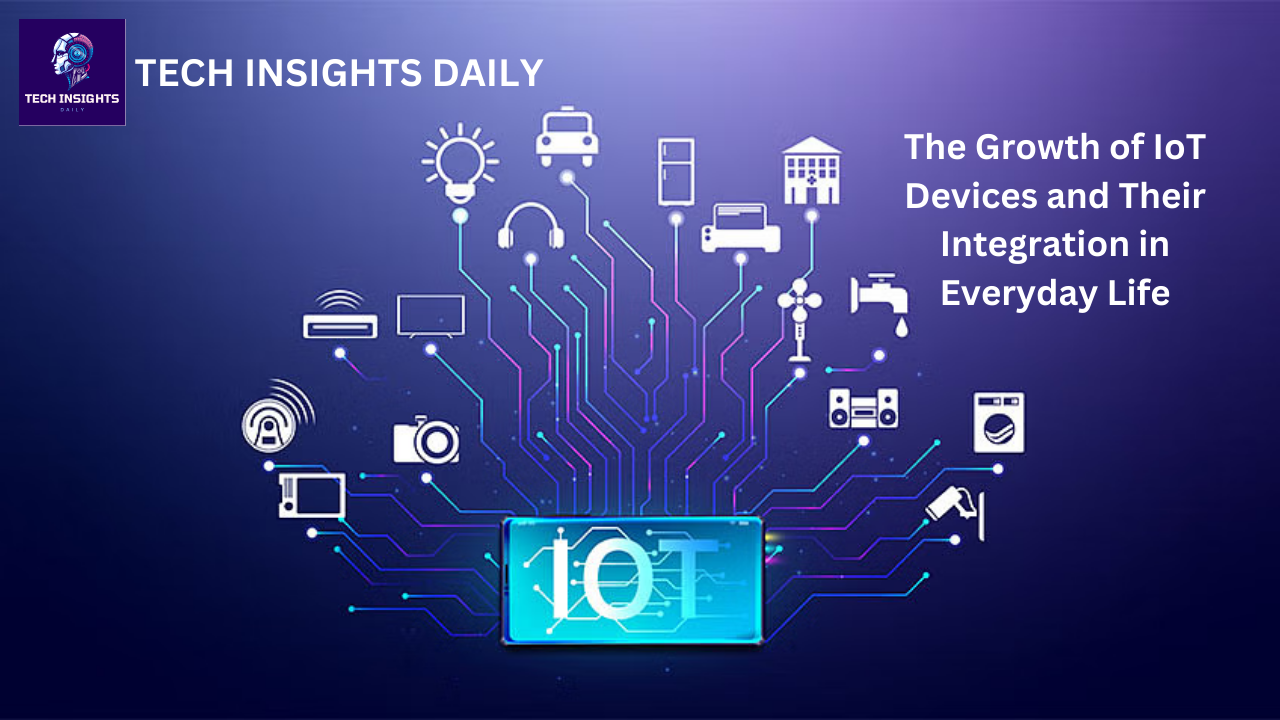Introduction
Tesla is known for its innovation electric cars and sustainable energy products, and more recently, robotics. This is personify by the company's Gen 2 Optimus robot it display, an alpha that integrates new AI, complex motion and real-world utility. Therefore, in the article, let's discuss what changes this new innovation of the Tesla concern could bring, what other purposes it could have, and what it would mean.
Key Features
- Human-like movements: In Gen 2 Optimus is designed to be able to move with much more fluidity, also provide with movement HOWs that resemble human gestures. They facilitate the smooth transition of a solid from one state to another and thus make it ideal for use in activities that involve clarity and flexibility. Whether it's grasping objects, avoiding or overcoming obstacles, or simply navigating the environment, the Optimus robot does so in a way that's very human-like.
- Improved balance and stability: Tesla's engineers have also been very keen to ensure that the robot is well balanced. The Optimus robot is capable of balancing itself on any rough land as it is equipped with sensors and algorithms. As this is important for various application areas, it is most important for robust applications such as warehouse picking where robots need to move around and perform pick and place tasks without accidentally dropping items.
- Tactile sensing: The robot uses tactile sensors to sense objects and surfaces that come into contact with it. In particular, the Optimus robot is capable of sensing pressure, texture and temperature, and recognizes the need to apply or relax increased force. Think of a robotic arm that can pick up a piece of glass without breaking it or an arm that adapts to the force applied to an object — as far as robotics is concerned.
Possible use cases
- Manufacturing and Assembly: From a manufacturing and assembly line view, Tesla Bots can transform production and disassembly. Think of robots as agents sharing the workspace with people, connecting disparate parts and moving objects randomly. Such environments enable the Optimus robot because the robot is human-like in motion, lifelike and stable.
- Warehousing and Logistics: Collaboration between employees and technology is key to efficient warehouse operations. Areas that Optimus can work in include stocking merchandise, taking orders and even assisting with picking and moving goods. The ability to move through chaotic environments and maintain balance helps achieve productivity improvements.
- Hazardous environment: The use of robots in dangerous situations such as radiation zones, disaster zones and toxic zones will prevent human casualties. Robotics features in Optimus enable robots to perform tasks such as pipeline inspection or structural damage assessment or sample collection where the environment can be complex.
Implications and challenges
- Ethical considerations: Tomorrow, as robots become more human-like, ethical issues emerge. But how can their use be made responsible? Should they have rights? Tesla's approach to such problems will define the future of robotics.
- Job displacement: As more automation helps increase efficiency, the topic of job elimination also comes into play. Tesla Bots will automate certain activities in industries when they implement this technology, and human workers will need to move and move constantly.
The result
Tesla's Gen 2 Optimus robot shows the company's serious efforts. Potential problems that Tesla Bots can help with While Tesla Bots are still in development, we know that they will gradually change many areas of our lives and become key players in the development of industries.
In other words, remember, the future of robotics is not just in magnificent mechanical creatures but in the harmonious integration of bots into our world and making them as ethical as possible.
